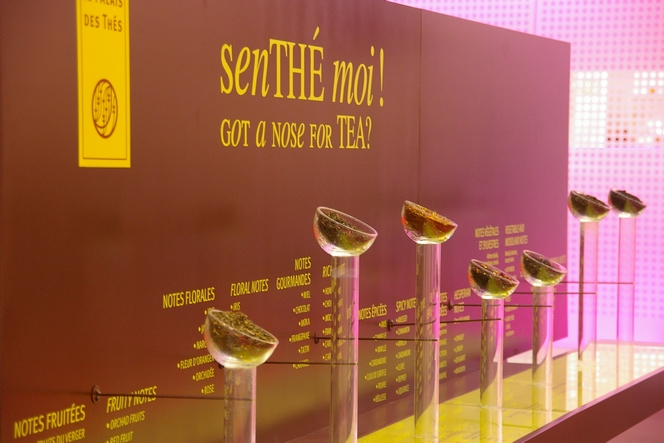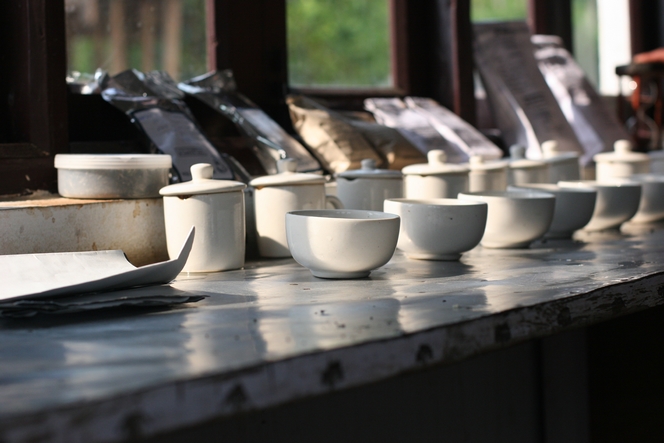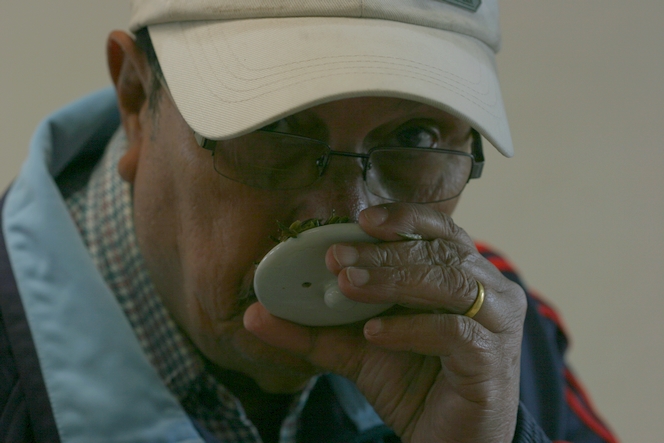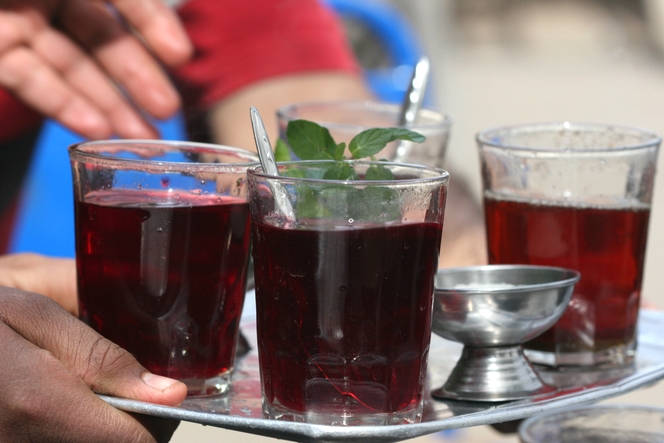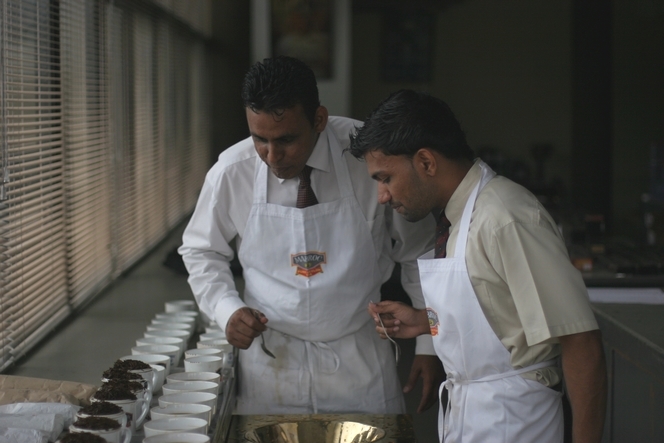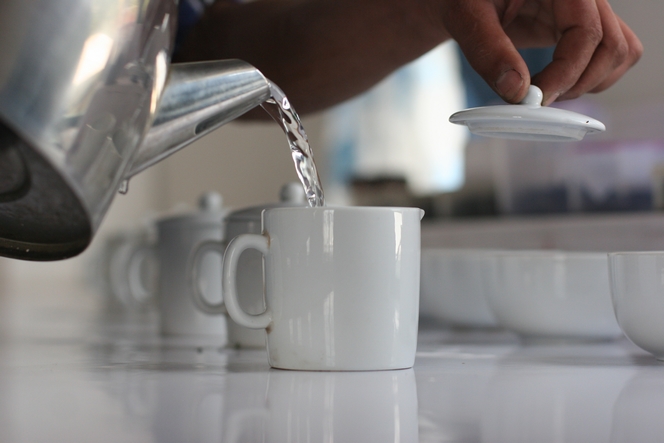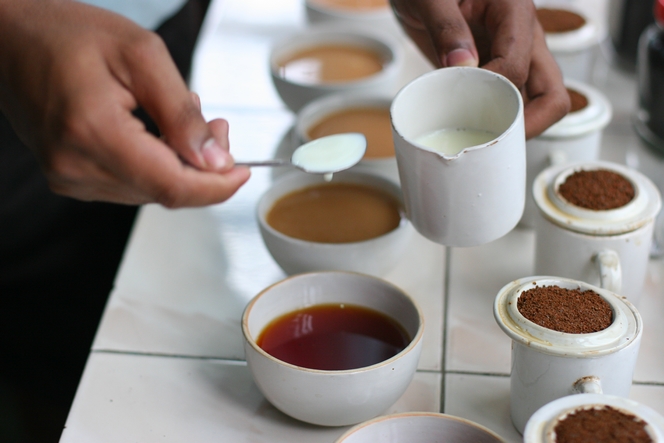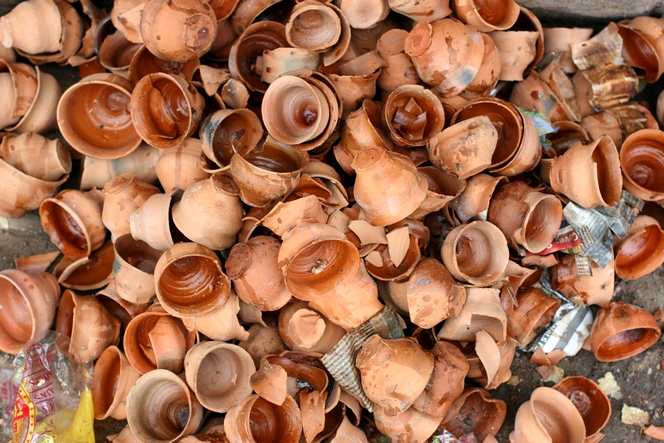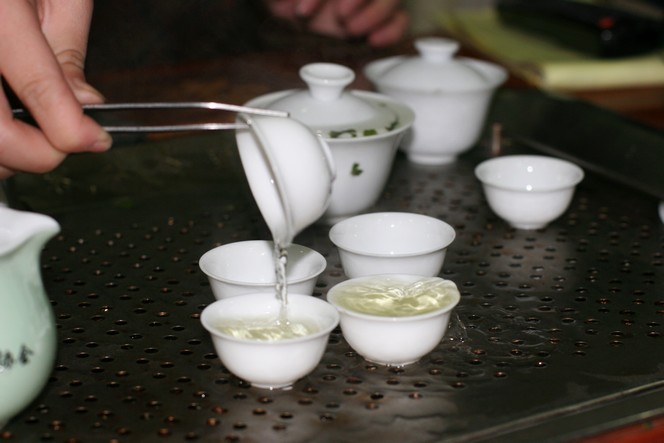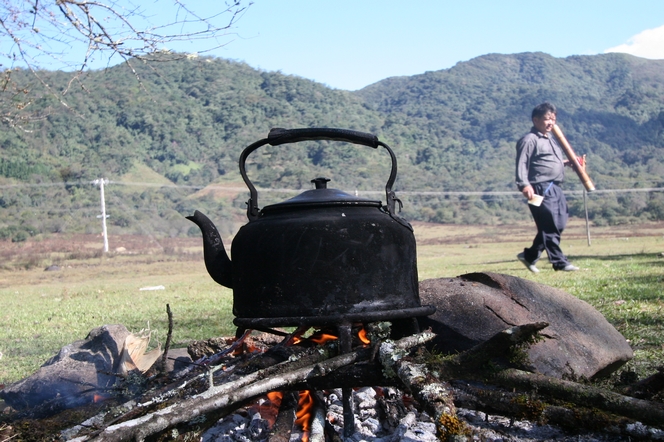We don’t get many opportunities to develop our sense of smell in today’s world. This sense is rather neglected, and while children learn about colours at school, the same cannot be said about different types of aroma.
Yet we all have the ability to memorise a great number of smells. But you do need a method of remembering them, and the easiest way is to give them a name. By naming a smell, as we have done with each of the colours we are familiar with, we can remember it easily. Then you simply move on to the next one.
This “tea organ”, which featured at the recent Maison & Objet fair, is a fun way of introducing people to aromas and helping them learn to recognise some of the key fragrance groups.

